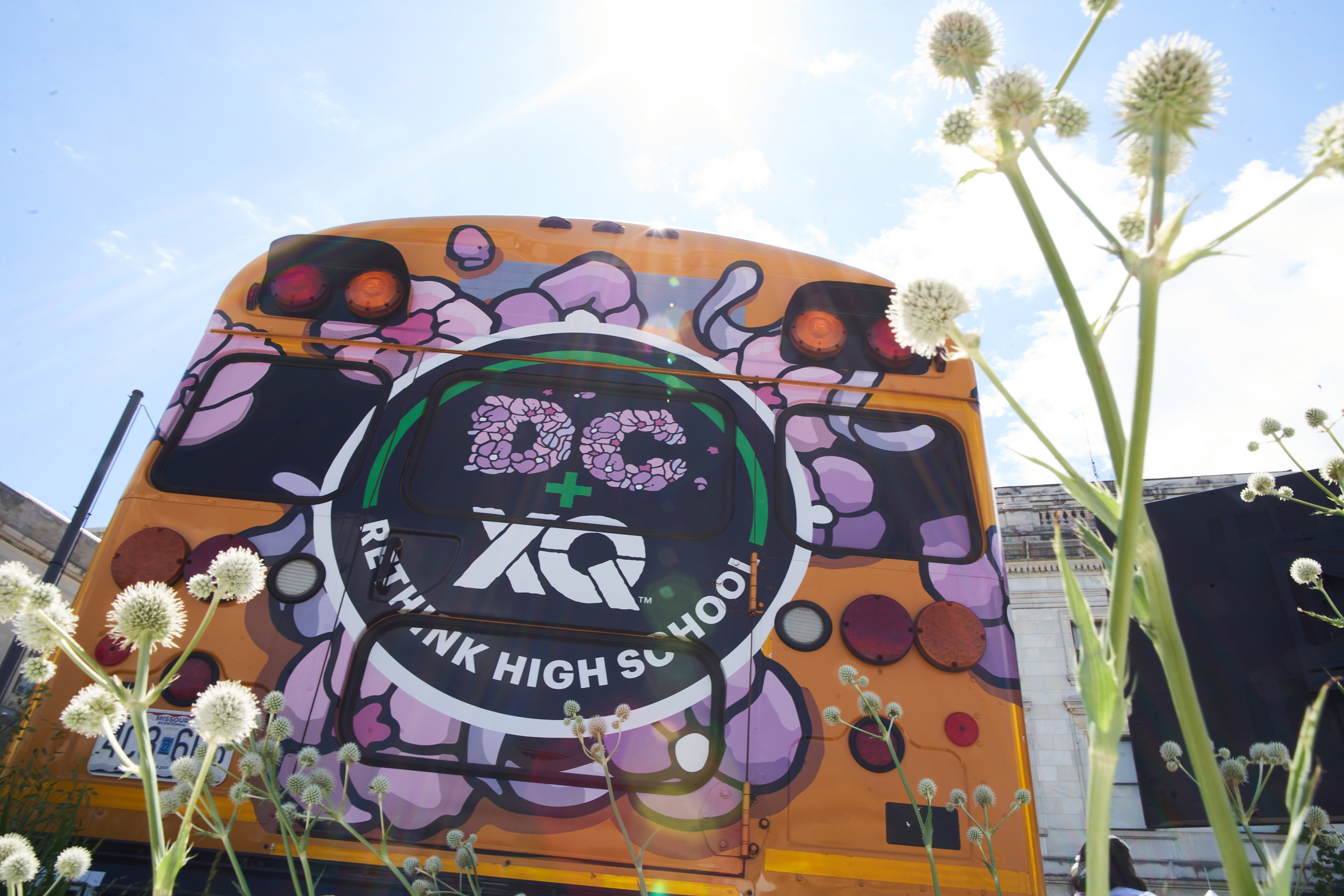High School Transformation is Necessary and Possible
High schools can be the fulcrum for systemic change, but it will require transformation to emerge stronger and more equitable.
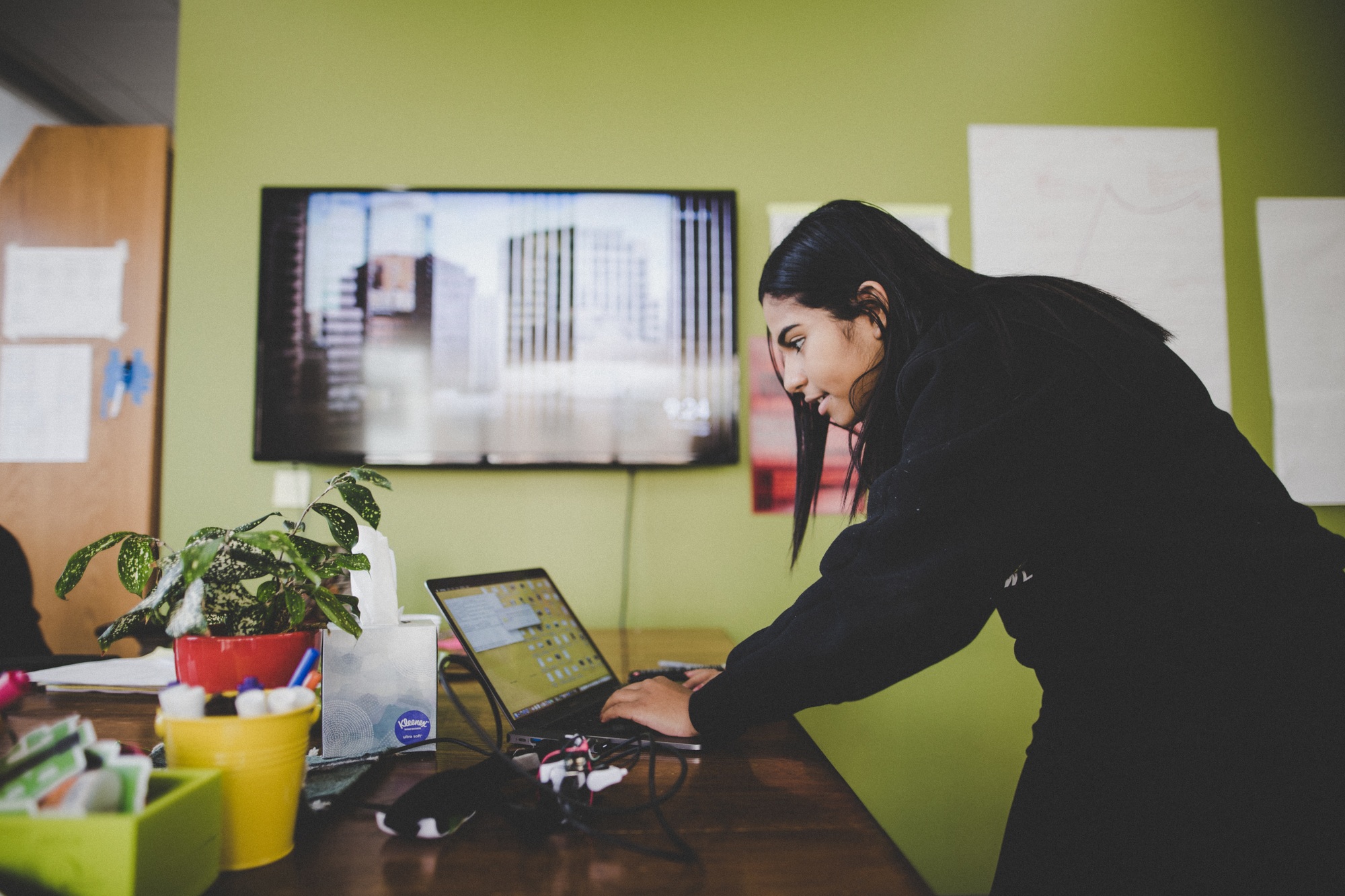
In 2020, we were reminded that our lives can change overnight—sometimes so quickly that our assumptions about the world, its structures, and even our own futures are thrown into disarray.
For America’s young people, facing an uncertain future is the “new normal.” We have witnessed and been inspired by their determination and resilience. And we believe in their capacity to face the future and to shape it.
To do so, they must develop the ability to acquire and hone new skills, answer unforeseen challenges, offer solutions to urgent problems, and contribute to the development of a more just world. In other words, they need to become XQ learners, for their own futures and for the future of our country. We need our education system—and our high schools in particular—to realize that goal for all our nation’s young people, not just some.
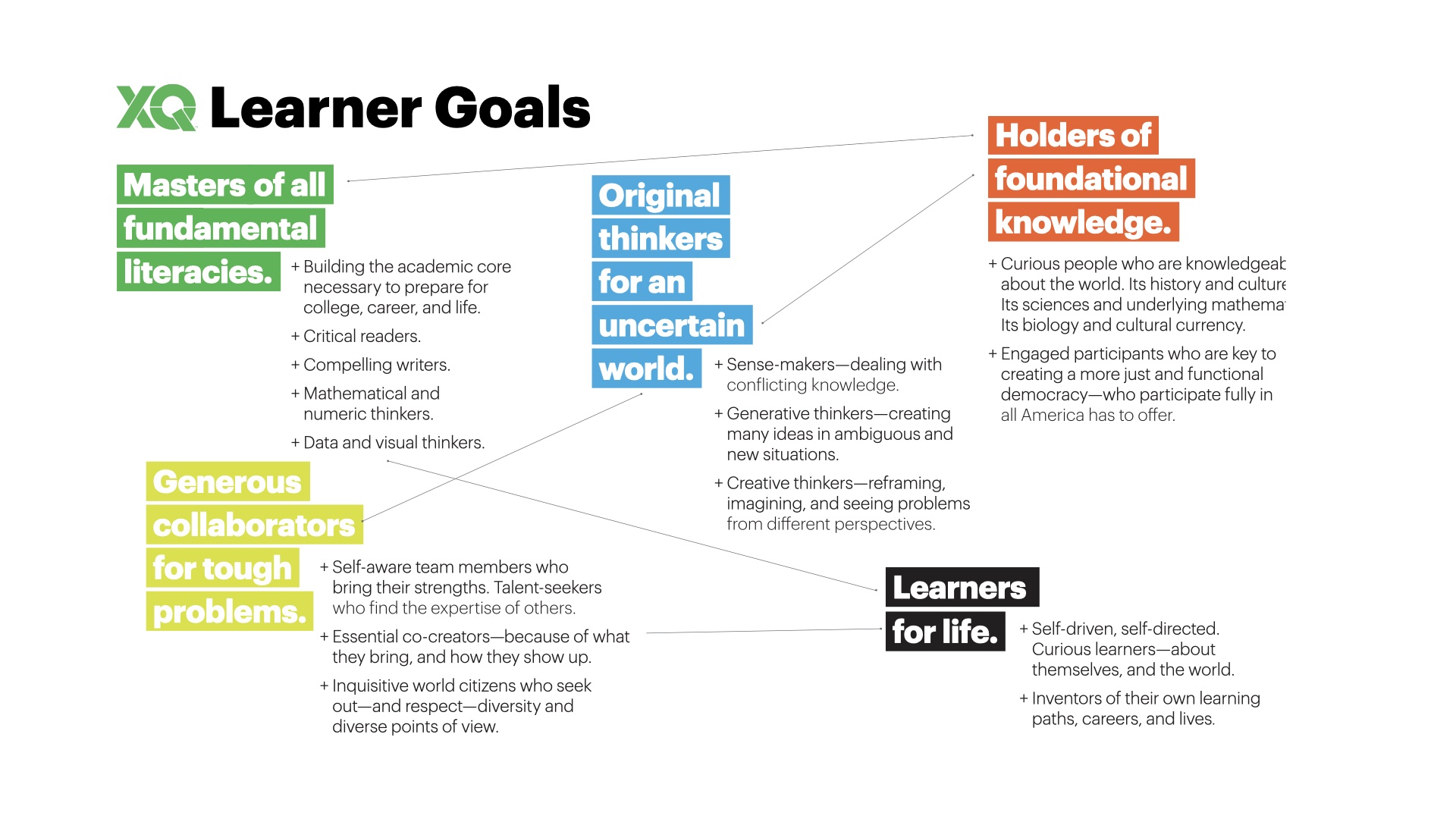
As we are reminded daily by the disruptions of the pandemic and the long-overdue racial reckoning now taking place, the educational experiences we offer our young people are deeply inequitable. Today, high schools are part of the equity problem—but, at XQ, we also believe that high schools can be at the forefront of the changes we need to see.
High schools can be a fulcrum for systemic change, with students and communities leading the way.
To understand how, it’s important to start by taking a hard look at the numbers. For decades, America’s National Assessment of Educational Progress (NAEP) known as the “Nation’s Report Card,” has shown no progress at all in the attainment of America’s 12th graders. Every four years when the results are released, the data reveal continued gaps in college readiness and overall achievement. The 2019 (pre-pandemic) NAEP report card released in November 2020 was the most alarming we’ve seen: It shows that, on every score, our schools are failing students—especially students of color.
Nearly four in 10 high school seniors—and more than five in 10 Black, Hispanic, and Indigenous 12th graders—were deemed “below basic” in math, meaning they currently lack the basic skills needed to do fundamental tasks like managing a household budget. Only seven percent and 11 percent of Black and Hispanic students, respectively, were rated “proficient,” and none achieved scores of “advanced.”
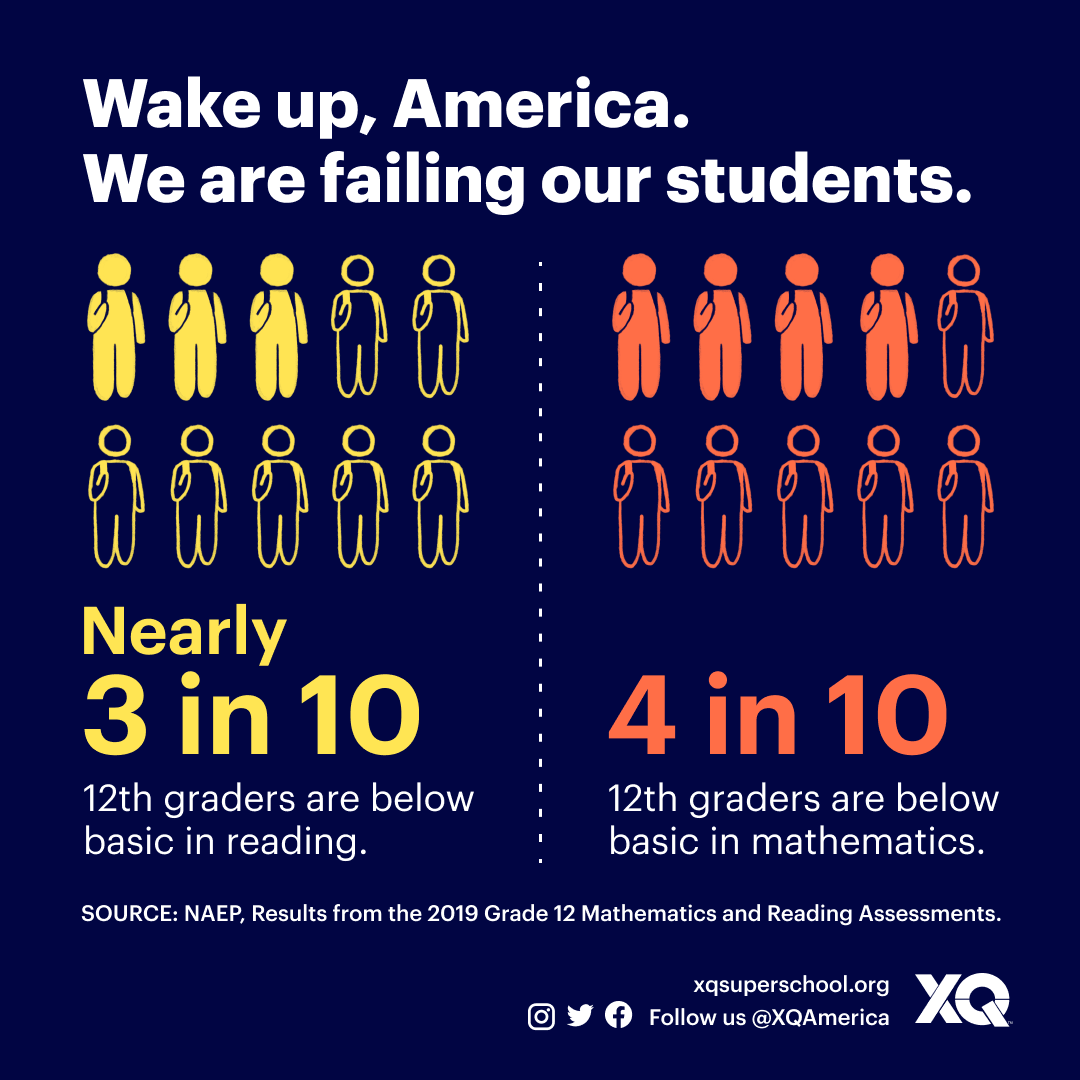
We can do better. And we must.
Change High School to Transform the Future
High schools shape daily life, help turn dreams into reality, and create the foundation for future success for more than 15 million students, and their families and communities, every day.
And yet, our high schools are outdated and hamstrung by calcified systems and structures that make it difficult for even the best educators to meet the needs of all the students they serve. These vital learning communities are riddled with inequities that systematically and structurally shortchange some students while privileging others. And even “good” high schools are rarely good enough at what matters most: preparing graduates to move into adulthood with a sense of who they are, who they hope to become, and a plan (with the necessary support) to get them there. In short, our high schools are not doing the job we need them to do.
High schools can be an engine for ingenuity, a driver of prosperity, and a genuine center of life for communities in big cities and small towns alike. Change the American high school, and you’ll see the evolution of K-8 schools to better prepare students for the powerful high school experiences that will follow. Change the American high school, and you’ll see increased enrollment and success in community college and four-year institutions– which translates directly to greater economic security. In short: change the American high school experience, and you change the nation.
Indeed, high school transformation belongs at the center of our national recovery and revitalization, not just from COVID but from our nation’s long history of inequity.
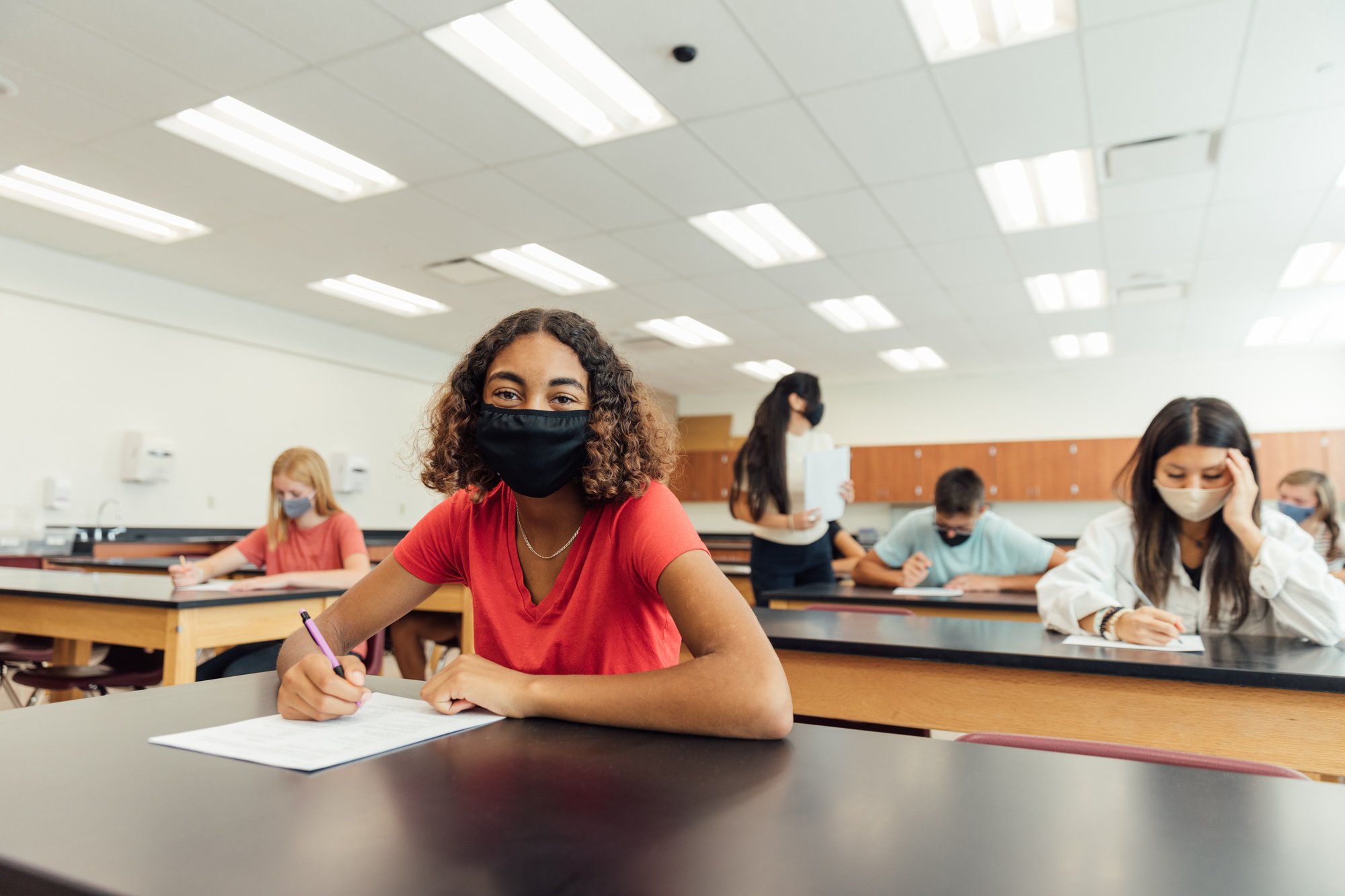
Rethink High School in a Time of Reopening
The pandemic revealed just how calcified our education system really is. Everything shifted overnight and, nearly a year later, schools and districts continue to respond and react in real-time without the luxury of being able to reflect and plan ahead.
School systems have understandably prioritized students’ basic needs, leaving educators stretched thin and frustrated by holes in the safety net they could not mend. Families struggled to keep their children learning, busy, and happy while also coping with job demands and economic concerns of their own. High school students faced isolation from their peers and teachers, new expectations for how they would learn and show what they were learning, loss of high school milestones and moments, and the promise of more uncertainty around every corner.
And even when schools return to “normal,” they’ll go back to a system that remains inequitable and out of sync with the demands of our world, if we don’t start reflecting and rethinking now.
This educational transformation we seek is necessary. And it is possible.
It’s been five years since we launched the XQ Super School Challenge. When we look back on the journey, today we see 20 schools representing over 11,000 students in 12 states in communities around the country making their unique and exciting visions for high school a reality. We see diverse teams coming together throughout New York City, Rhode Island, and Tulsa to create dozens more new and redesigned high schools; and countless other people inspired to transform their local high schools. And we see growing recognition among students, families, educators, and community members that the time has come for revitalization that reaches every high school in America.
No school was truly prepared for the fast shift to remote and hybrid learning. But what we have observed is that schools that were organized intentionally and coherently around the six XQ Design Principles have been able to make the shift quickly and effectively:
- Strong mission and culture
- Meaningful, engaged learning
- Caring, trusting relationships
- Youth voice and choice
- Smart use of time, space, and tech
- Community partnerships
These principles may look obvious and straightforward, but the truth is that very few high schools give them the consistent attention they deserve. Taken together, these principles, which are baked in the batter of every XQ school, can transform the high school experience for students.
Schools that prioritize these principles also strengthen their ability to leverage what they have built—including a unified sense of purpose, deep knowledge of their students, strong connections in their communities, and well-developed habits of innovating to solve problems—to respond thoughtfully and decisively to the challenges of COVID-19.
We watched XQ schools—schools centered around the student experience—adapt to disruptions to the status quo and support their students through uncertain times. While we know that no school made the transition to remote learning seamlessly, we have a few examples of XQ schools meeting this moment that recommit us to the ideas at the core of our work.
For instance, XQ schools came together, in collaboration, to create tools, share knowledge, and work together to problem-solve issues in remote learning as they developed. Brooklyn Lab focused on diversifying their schooling options and created open-source materials to share with schools looking to center equity during remote learning. XQ+NYC worked to create a discussion and self-assessment tool to help schools build practices and frameworks to examine remote learning and reopening through the lens of the student experience. Together with XQ, we made the tool accessible to everyone, ensuring that every school has the opportunity to reexamine their work.
Other schools in the XQ network took their project-based learning experiences and transformed them to the home environment: Cîrculos created a virtual exhibit for students to showcase their work to their parents, teachers, and the broader school community; and Crosstown High asked students to engage their creativity in a filmmaking assignment. And, we saw schools like Trinity Academy for the Performing Arts double-down on their relationships, working to engage with families during a stressful and difficult time.
As they mature, the XQ schools are also evolving into exemplars of continuous improvement; each is a multi-layered case study on why even the strongest school needs to be resilient, flexible, and committed to ongoing learning.
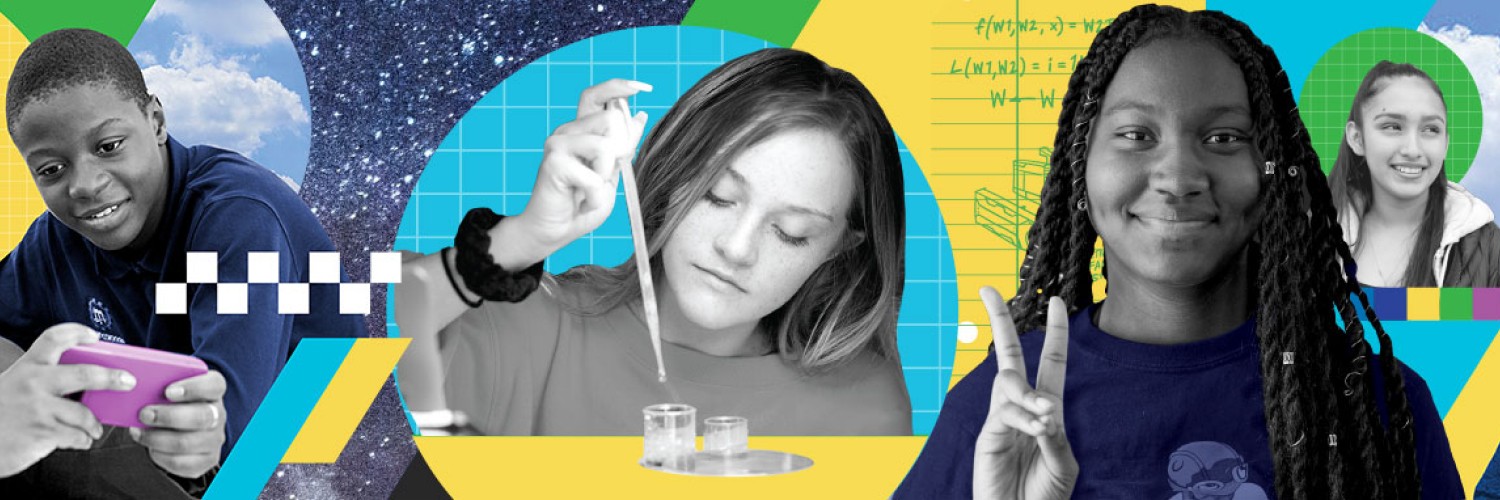
Let’s Rethink High School Together
XQ’s theory of change was built on a commitment to being a true learning organization. And like a true learning organization, we are constantly striving to transform ourselves. We know every high school in America is rethinking right now, and we’re listening to them, learning with them, and trying to lift up lessons from their work in new ways to inspire and inform the field. We are particularly grateful to our XQ schools; we’ve learned so much from them as they navigate this time.
2020 was a year of crisis, forcing each of us to react and respond to intersecting and compounding challenges. If we’ve learned anything, it’s that no one can be fully prepared for the future, but we can apply the lessons of 2020 to emerge stronger, more resilient, more equitable. We’ve never been more committed to our founding belief in the potential of high school students and high school transformation.
Are you ready to join us? Raise your hand to #RethinkHighSchool for students everywhere.
Start here:
- Explore Rethink Together for resources—articles, videos, badges, discussion forums, and more—on all things high school
- Subscribe to Give Me 5 to get five actionable tips on high school transformation
- Text XQ to 724665 to join our growing community of high school change-makers.


